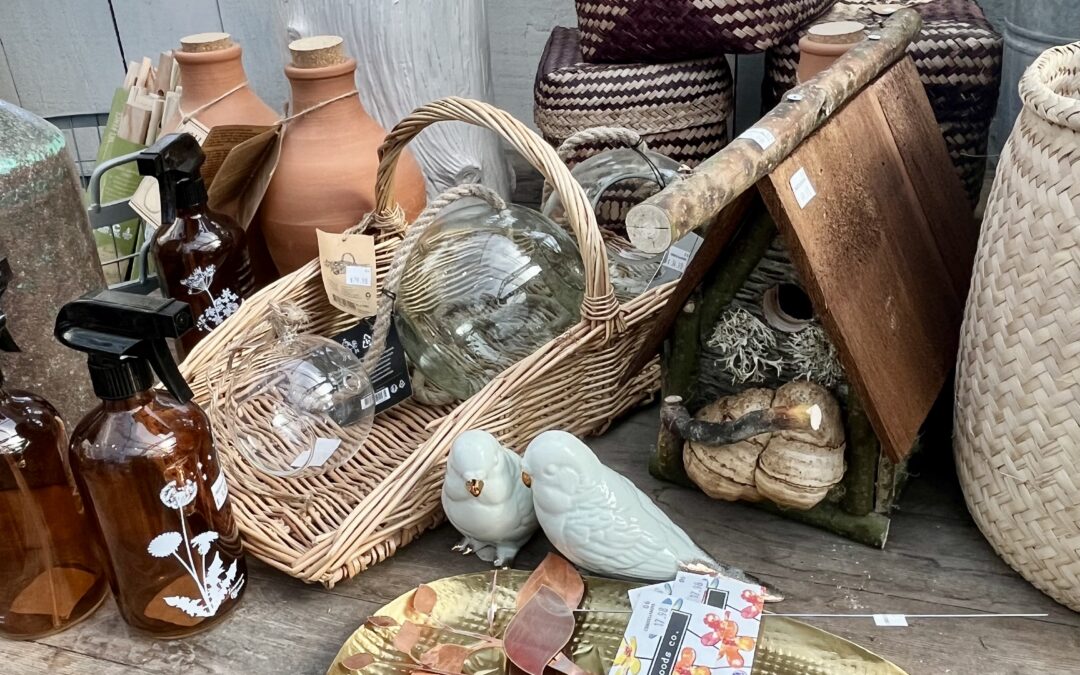Interest in farming, survival, outdoor sports and gardening were on the rise before the pandemic hit. Overnight, becoming more self reliant and living in rural areas became some of the fastest growing trends across the country. So we decided to take a look at what the consumer spending power of newly found homesteaders, hobbyists and “Instagram farmers and gardeners” have for retail.
The Rise of Instagram Farmer and Gardener
When the pandemic forced everyone to live and work at home, new hobbies and interests inevitably picked up. With so much anxiety and uncertainty in the world, those involving useful skills and soothing, simplistic elements were especially popular. And most people wanting to embrace this lifestyle took to social media to showcase their journey and new found skills.
With chic Instagram filters and pleasing color palettes, influencers, bloggers and companies have captivated new audiences with antiquated yet innovative handcrafts and projects. Their Instagram accounts dedicated to their “homestead,” “backyard farm” or “cottage life” have become the envy of people across the U.S.
Thanks to social media, we are in the midst of a renewal period for local food, backyard farming, and food preparation and storage. Not only has this provided people with meaningful new pastimes, it’s also afforded new opportunities for local businesses, retailers and small farmers. Building on this “social media farmer” trend, the digital landscape is ripe to find new partners, wholesalers and advertising.
People Embrace the Importance of Homesteading Skills
Self-reliance skills based around the home and garden are very learnable and doable – not to mention extremely practical for pandemic-related circumstances. For example, the shortage of goods like eggs and meat spawned a wild run on raising backyard and urban chickens. This also bought droves of new customers to small, local farm businesses and helped the farm-to-table movement gain even more traction.
When the grocery stores went bare, local producers stepped up. This not only earned them respect, admiration and loyal customers, it also led others to explore the worlds of backyard homesteading and farming on their own. The social media stats reveal just how real this was.
In May 2020, “homesteading” as a search term reached its highest point in the last five years – the phrase “backyard farming” saw the same thing just the month before. Pandemic aside, small-scale, self-sustaining food production offers a win-win situation for the environmentally and sustainability savvy. And this isn’t just limited to folks in rural communities, urbanites are also taking to the trend with gusto.
Look no further than the rise in “urban farming”, a growing movement that has surged even more since COVID. And, according to all indicators, it’s here to stay. This not only helps communities be more sustainable, it also helps enhance the world around us. Believe it or not, agriculture can happen on pavement and in cityscapes. When it does, it can do some great things for the environment such as cutting greenhouse gas emissions and reducing energy costs.
Finally, something not to be underscored is the way that farming-related activities can help alleviate the strains on mental health. Mental health concerns were sky-high as lockdowns happened. Fortunately, gardening has been shown to reduce depression and improve mental health.
Social Media Took Homesteading, Cooking and Farming Mainstream
The uptick of interest in DIY farming and homesteading activities is hardly surprising from a logistical standpoint, but why the sudden surge on social media? As the pandemic clamped down, more people started spending significantly more screen time. Unsurprisingly, time on social media was one of the biggest culprits.
The whole “back to basics” idea actually has a lot of material that translates very well as consumable content. A case in point would be the recent trend towards “cottagecore” which is essentially an aesthetic of farm living and homesteading. These accounts transport their audiences to a simpler time, one of simple day-to-day activities with an almost romantic quality.
Besides being useful, there is something rather relaxing and pleasant about gardening and other food prep activities. It gives one the opportunity to zone out of the world for a few moments and appreciate the rewards of doing things by hand. Seeing small personal accomplishments in the tangible form of an end product like eggs or jams is its own special kind of magic.
It inspires individuals to push themselves to try new things and reap their own rewards. Just this principle has given homesteaders a new motivation to share their journeys via blogging and Instagram. Their followers not only find enjoyable content, but also a new appreciation for food and consumable products.
What Opportunities Does This Trend Off Retailers
It’s evident that people love gardening and the quaint backyard farm lifestyles, of course. But there’s a reason that retailers – and farmers – should love them to. Online presence, especially among vibrant interests and growing communities, is an increasingly important component of successful marketing strategies.
The fact is that influencer marketing as a whole has only grown in light of the pandemic – in fact it’s expected to hit a $13.8 billion worth in 2021! Small farm and homesteading-related blogs and Instagram accounts are nothing new, but their value to retailers and local businesses is something worth paying attention to.
Picturesque lifestyles and food products are especially lucrative in light of Instagram’s one billion active users. With significant percentages of Instagram users having some degree of disposable income and a potential advertising reach over 900 million, working with the right influencer is sure to get some notable engagement. (In fact, this is so successful that certain social media homesteaders and farmers have even found a growing niche in the fashion and beauty communities.)
As homestead blogs and websites get more clicks, this is a prime time to find individuals to work with – and to find new customers in their followers. Partnering with a local small farm or homestead business active on social media, for example, creates a relationship with their already loyal audience.
Seeing that you share their values and distribute their products immediately begins the trust-building process. Likewise, influencers who also share your values and find your products useful to their lifestyles do the same thing. Striking up the right professional relationships with the right people can be mutually beneficial – and give you a leg up with a whole new audience which could turn into a customer base.
How The Trend Helps You Understand What To Carry In Your Store
In the last few weeks, we’ve been talking about how retailers have survived the pandemic by changing how their stores operate and overhauling their merchandise mix. We’ve even covered what products you should be looking for at ASD this summer in order to be able to meet consumer demand for home, garden and PPE products.

Remember, the home and garden is the main category that’s on fire. Whether your customers are home chefs or newly born preppers, you’ll want to buy or be selling cookbooks, kitchen utensils, premade or partially made gourmet foodstuffs, reusable food containers, glass jars, potting containers, canning/preserving supplies, garden supplies, patio furniture, planter boxes, general garden decor, plant starts, and just about anything someone who wants to bring the outdoors in can use.
Written by Jaclyn Krymowski, a contributing writer and editor for Macala Wright Consulting. Jaclyn writes about farming, agriculture and rural small business. Macala Wright writes about consumer behavior and trends, rural small business and sustainability. Both Macala and Jaclyn are head over heels in love with cows.








0 Comments